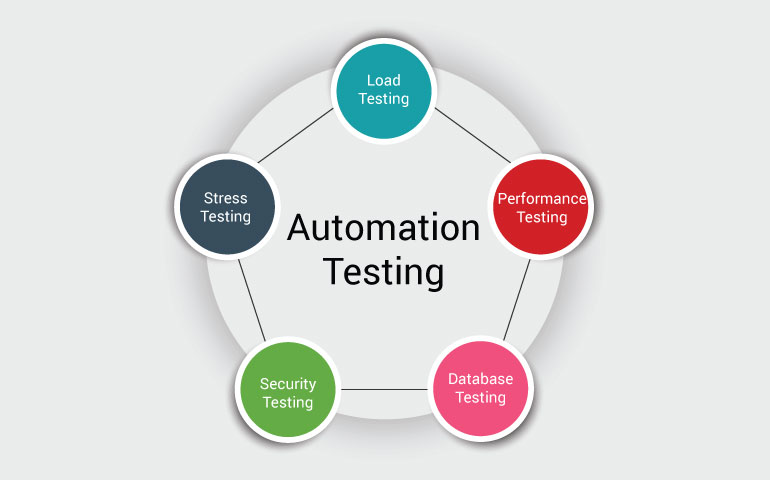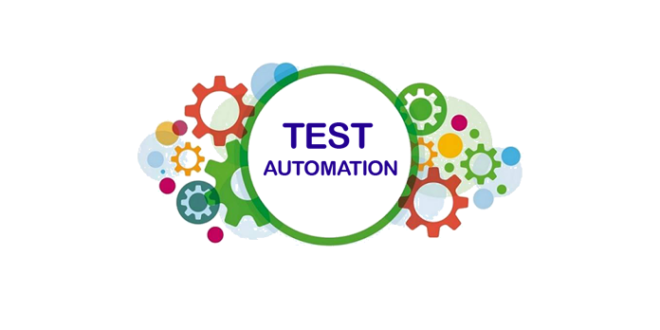From Guidebook to Automated Testing: A Comprehensive Guide to Transitioning Efficiently and Successfully
In the world of software screening, the change from handbook to automated procedures has ended up being a progressively essential shift for companies seeking to enhance performance and precision in their screening methods. As technology proceeds to advance, the requirement for smooth and reliable computerized screening techniques has actually never ever been a lot more important. The trip from manual to automated screening is not without its difficulties, however when approached tactically and with a clear plan in mind, the benefits can be considerable - automation testing. In this thorough guide, we will explore vital steps and considerations vital for a successful shift, from the preliminary selection of tools to the integration of automation into existing process. Keep tuned to discover the insights that will aid pave the method for a smoother and extra effective screening process.
Benefits of Automated Testing
Automated testing supplies many benefits, improving efficiency and precision in software development processes. One main benefit is the substantial decrease in testing time. Automated tests can be run concurrently on numerous gadgets and operating systems, significantly quickening the testing stage contrasted to hands-on testing. This raised efficiency permits for faster feedback on the quality of the software program, enabling designers to recognize and deal with issues immediately.
Moreover, automated testing makes sure a greater degree of precision in detecting problems. Uniformity in testing is also improved, as automated examinations execute the exact same actions precisely each time they are run.
Picking the Right Tools

To start with, analyze your requirements and purposes. Understand the extent of your project, the modern technologies entailed, and the ability of your team. This evaluation will certainly assist you determine the features and abilities you require in your testing tools.
Second of all, think about the compatibility of the devices with your existing systems and processes. Seamless combination with your present software application development lifecycle is necessary to guarantee a smooth transition to automation.
Furthermore, assess the scalability and adaptability of the tools. As your testing needs develop, the tools need to be able to adapt and accommodate modifications successfully.
Lastly, aspect in the assistance and area around the devices. Robust support and an active customer community can offer beneficial resources and support when carrying out automated screening. By thoroughly considering these aspects, you can select the right tools that straighten with your demands and established the stage for a successful transition to automated screening.
Creating Efficient Test Manuscripts

When crafting examination manuscripts, it is vital to consider the certain requirements of the software being evaluated and guarantee that the scripts resolve all crucial capabilities. Clear and descriptive naming conventions for examination scripts and examination instances can enhance readability and maintainability. In addition, including error handling mechanisms within the examination scripts can help in identifying and attending to concerns without delay.
In addition, arranging examination scripts into modular components can boost reusability and scalability, reducing redundancy and boosting effectiveness in examination manuscript upkeep. Regular reviews and updates to evaluate manuscripts are essential to equal developing software needs and functionalities. By complying with these concepts, testers can develop robust and efficient you can try here test scripts that add considerably to the success of automated screening processes.
Integrating Automation Into Workflows
Reliable integration of automation devices into existing process simplifies procedures and enhances productivity within software development cycles. When including automation into process, it is essential to determine repeated jobs that can be automated to conserve time and reduce human error. By flawlessly incorporating automated testing devices like Selenium or Appium into the software application growth lifecycle, teams can accomplish faster feedback on code modifications, resulting in quicker bug detection and resolution. This integration allows for constant screening throughout the advancement procedure, making certain that any kind of issues are identified at an early stage, causing higher software application top quality. Additionally, automation can be made use of to activate examinations automatically after each code commit, supplying immediate validation and liberating testers to concentrate on more facility circumstances. Proper integration of automation tools calls for cooperation in between advancement, testing, and operations teams to establish a unified operations that optimizes efficiency and efficiency in providing high-quality software.
Making Sure a Smooth Transition
Efficiently transitioning to automated screening includes thorough planning and careful implementation to minimize interruptions and make the most of effectiveness in the software application growth process - automation testing. To guarantee a smooth transition, it is essential to begin by carrying out a comprehensive evaluation of the current screening processes and recognizing locations where automation can bring one of the most significant advantages. Engaging with all stakeholders early at the same time, including programmers, testers, and task managers, is essential for garnering assistance and buy-in for the automation initiative
Interaction is key throughout this shift stage. Clear communication of the goals, benefits, and assumptions of automated screening helps to take care of any kind of resistance or problems that might emerge. Furthermore, offering adequate training and sources for team members to upskill in automation tools and methods is vital for guaranteeing an effective change.

Final Thought
Finally, transitioning from manual to automated testing offers various benefits, hop over to here consisting of boosted effectiveness and dependability. By choosing the appropriate tools, composing effective test scripts, and integrating automation perfectly right into process, companies can make sure a smooth and successful shift. It is important to embrace automation as a valuable property in software program screening processes to boost total top quality and productivity.
In the world of software program testing, the change from handbook to automated processes has become an increasingly important shift for companies looking for to enhance effectiveness and precision in their testing practices. Automated examinations can be run all at once on numerous devices and running systems, considerably speeding up the screening stage compared to hands-on testing. Consistency in screening is additionally improved, as automated tests execute the exact same actions specifically each time they are run.To ensure the effective execution of picked screening tools, the creation of effective test manuscripts plays a crucial duty in verifying the capability and performance of automated procedures - automation testing. By complying with these concepts, testers can develop robust and reliable examination manuscripts that contribute dramatically to the success of automated testing processes